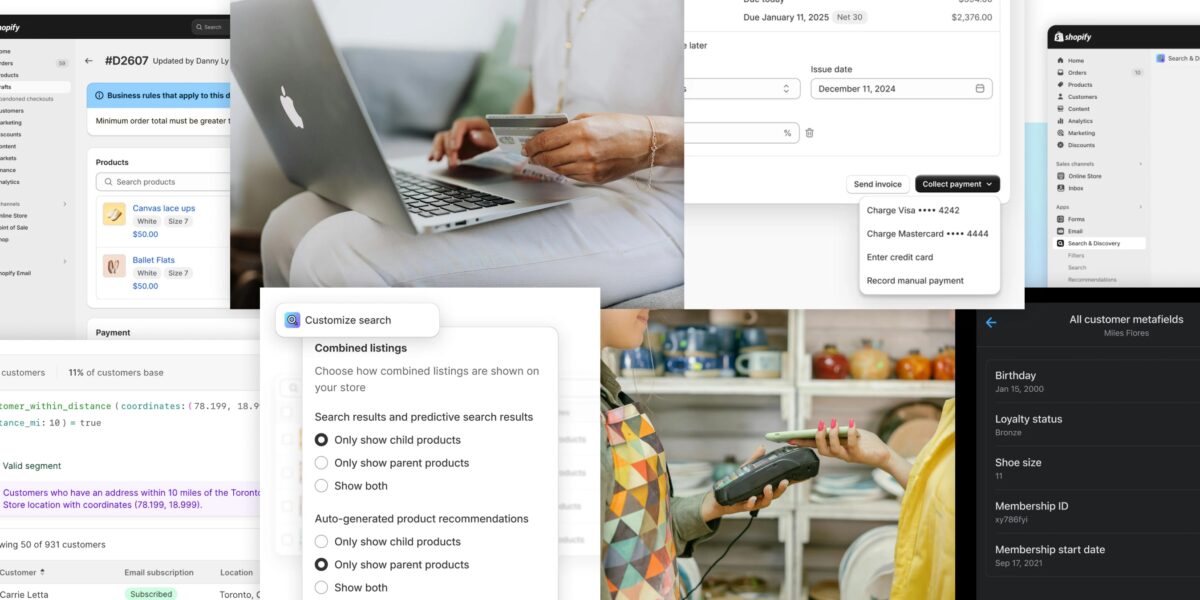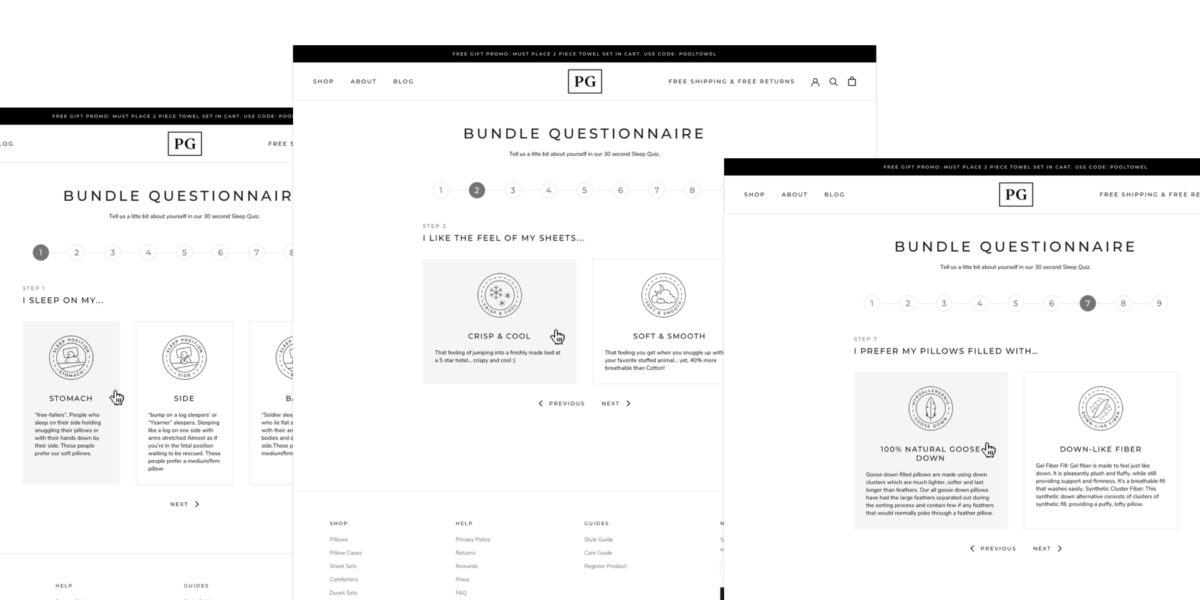Chapter 1: The Basics
If you are building a brand, then you probably know the importance of presence online. If you know the importance of presence online, then you’ve probably heard the three little letters that can make or break you – S. E. O. (no, not BLT, sorry). SEO stands for Search Engine Optimization, and it has slowly but surely revolutionized brand presence and consumer accessibility on the internet. In fact, 93% of all online experiences begin with a search engine. The fact that consumers know they can find a service or a business or a brand for anything their little heart desires means that they’re more likely to hit up their search engine to find a local 24-Hour Alterations service before they’d ask mom.
So today we’re giving you the low-down on SEO. The truth is, there’s SO much to know when it comes to this particular topic that we can’t even try to put it all in one post. So we’re going to run a little series about SEO broken up into a few different parts. Today, we’re starting with the basics. What is SEO? Why is it important? What are the first steps to take in order to get your SEO on point?
As a full service Web Design agency, you wouldn’t believe the amount questions we get pertaining to all things that fall under this vast umbrella. It’s become a part of our process when both building sites from scratch and redesigning an existing website. PAUSE!!!! Really quick… go ahead and open up a new tab in your browser and type in “California Web Design.” You might notice that we are the top hit (below the *cough cough* paid advertising slots). This isn’t because we’ve got a friend or two at Google who wants us to get as much business as possible. It’s because we’ve been chipping away at perfecting our SEO strategy for years now, and what we’re doing seems to be working. And I guess it could have something to do with actually being the absolute bees-knees in our field, but hey, we’re not here to toot our own horn!
The idea that great content attracts more users and leads to higher rankings on a search engine is true, (for the most part). However, not all traffic is created equal (as they say). So just because your page is getting a ton of visitors doesn’t necessarily mean those visitors are becoming customers, readers, viewers, etc. The most important thing is understanding your high-value customer segments: who, what, when, where, and why? Knowing these details is key to improving your strategy and targeting your ideal customers.
First and foremost, SEO is a marketing tool.
SEO is the process of generating more “organic” “free” “natural” traffic from sites like Google… (does anyone still use Bing or Yahoo these days? If so, them too). The whole point of SEO is to bring visitors to your website so they’ll eventually become paying customers. Getting visitors to your page in the first place can be a challenge, though. Especially if you don’t populate on the first page of a google search. I mean, everyone knows that the best place to hide a dead body is on page two of Google! Seriously though, a study done in 2013 found that less than 5% of searchers bother to click over to the second page of Google, and only about 1% make it to Page Three. Tough luck, huh? (For the people who can’t find what they’re looking for in the first two pages, I mean). The point is, the higher you rank on page one the better. How often do you scroll all the way to the bottom to find something? Chances are, if you don’t see what you’re looking for by the time you scroll halfway down page one, you’ll probably get back to the search bar and rethink what you’re typing in the bar. Which brings us to the next point…
Keyword Research is A Big Deal
Finding the high-value search terms that your potential customers might be using is critical in determining how you can navigate your content for optimal visibility. For example, when customers type in “California Web Design” on Google, they are most likely looking for just that: web designers located in California. The truth is we’ve done plenty of sites for folks NOT in California, so it’s not that anyone searching specifically for California web design is our ideal customer, but it would also weed out anyone who wouldn’t be willing to make a remote work relationship happen.
PAUSE—hopefully you still have that other tab open where you searched for California Web Design. Scroll down to the bottom of the page, where you see Google’s generated list of “Searches related to California Web Design.” It might say something like “web design company California,” or “Santa Cruz,” or the one we really like “best web design companies in California” (sometimes Google really is too on point!). Amazon does this as well and it’s really a great way to determine keyword ideas. Google and Amazon Suggest are your front line in terms of FREE keyword research ideation tools!
There are tons of keyword research ideation tools. SEMRush is one that comes highly recommended by Shopify and one that we happen to work with A LOT. It’s pretty awesome because its only $100 a month, and it gives you ton of information about how your ranking on search engines. For example, providing you with a list of keywords that your competitors are ranking on, and you’re not.
It’s super important to make your searches as targeted towards your goal and as concise as possible. That’s another big thing to keep in mind: short and sweet work best for key terms. You wouldn’t type in “super rad and not at-all-pretentious web designers living and working in a beautiful place who also like to drink coffee” to find us on Google. While all of those things are true, it’s going to send Google into a tailspin and next thing you know you’re looking at Pinterest boards of Cats drinking espresso shooting laser beams out of their eyes… which is totally not a page that we frequent a lot AT ALL. (Maybe we’ve seen it a couple of times but either way we’re not judging you).
Volume, Competition, Relevancy, and Intent!
These are four keywords to help you navigate how to pick the best keywords! (See what we did there?!)
Volume in SEO world refers to the number of searches for any given term. If you choose keywords that have a high search volume, you could potentially increase your volume of traffic. We say potentially because it also means higher competition. On the flip side, the less competition you have, the more likely you are to rank for the keyword. High volume and low competition keywords are the name(s) of the game. Google Keyword Planner is an awesome free tool that gives you volume data and helps visualize search volume in terms of keywords. SEMRush also offers a comprehensive volume data report and will show you the competition that these keywords carry, sometimes known as Keyword Difficulty (KD). MozBar is a great free tool that estimates competition as well.
You can think of “volume” and “competition” as the more technical terms reflecting whats happening external to your control, but that you should know how to navigate. The ball is in your court, however, when it comes to “relevancy” and “intent” in your keyword research process. Ask yourself, how relevant is your content to your search term? Are you just trying to be as generic as possible, and thereby overlooking some of the more specific terms that would be more useful for your page SEO? Sometimes being overly general for the sake of amassing a wider audience leads you to choosing terms that are actually not relevant to your content. The same thing goes for intent, choose terms that people would use in an intentional search. In our case, if people are looking for a California Web Design agency, they’re searching for a location-based service. If we were selling design software through an online retailer, we wouldn’t construct our keywords to reflect that we are a brick and mortar location who design websites in-house. It just wouldn’t make any sense.
But wait, there’s more!
Now, we might be starting to sound a little redundant here, but its just really important to reiterate some of the things that seem obvious because there really is an art to this stuff. It’s holding the rhythm of knowing your customers, improving traffic to your page by targeting them through commonly searched, relevant keywords, site structure, and more.
Check out our next post to take a deeper dive into the abyss of search engine optimization and reap what you SEO.
















